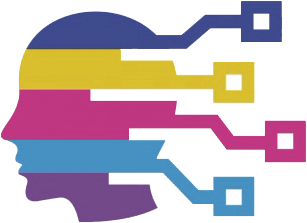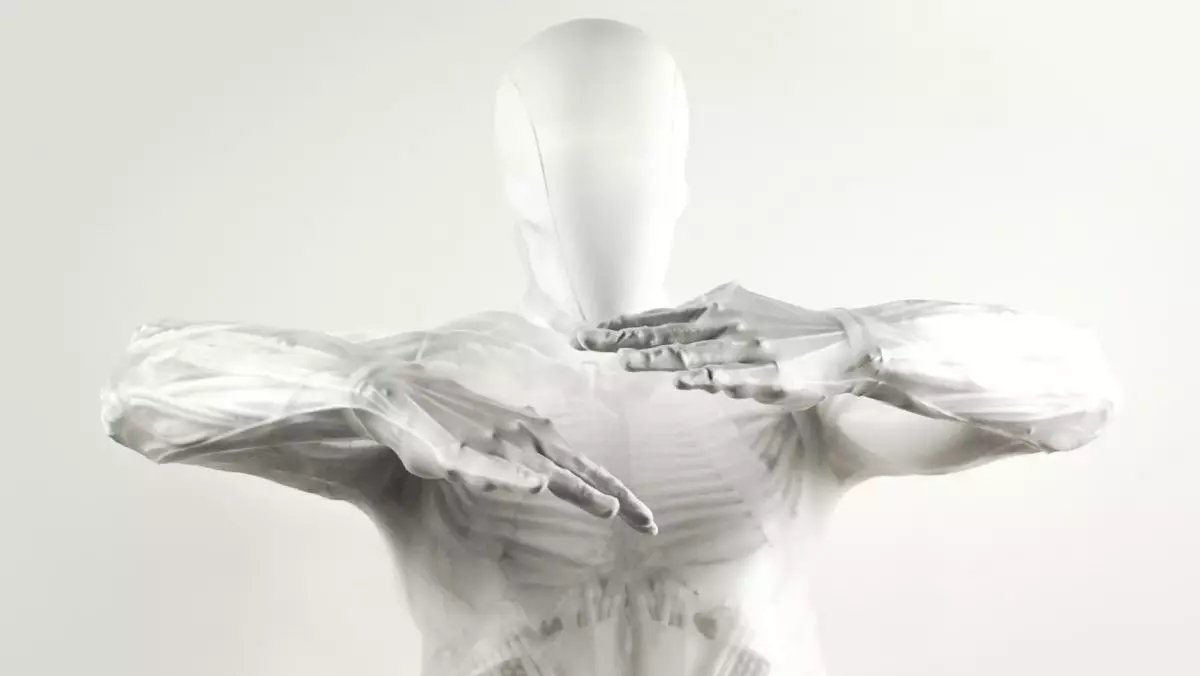The emergence of increasingly lifelike robots has stirred both fascination and dread within the public consciousness. One such example is the “musculoskeletal” android produced by a company called Clone, which aims to mimic human anatomy with alarming precision but raises unsettling questions about the implications of such technology on society. This analysis explores the design, purpose, and underlying implications of Clone’s latest creation without simply echoing the original sentiments.
At first glance, the android embodies a grotesque mix of human-like attributes devoid of key features—the most jarring of which is its lack of a face. The notion of a creature that looks human but lacks eyes, a mouth, and other defining traits elicits a visceral reaction. Visually, the android resembles a marionette suspended in a dance of desperation, potentially an allegory for its own manufactured existence. This design choice may stem from a desire to evoke sympathy; after all, by denying it a face, the creators may hope to circumvent the fear associated with a fully conscious being that can express pain or emotion. However, the result is an object that, while functionally advanced, feels almost monstrous.
The Android’s construction is equally notable, as it consists of a synthetic musculoskeletal system designed for natural movement. While the intent of using softer materials to mitigate the risk of injury poses a valid argument, the android’s erratic motions—characterized by spasms and unnatural twitches—do little to dispel fears regarding its potential interactions with humans or pets, particularly within familial settings. The very essence of a home, which suggests safety and comfort, is thus upended by the specter of an android that may not only malfunction but also impose physical harm upon its inhabitants.
Underlying the android’s unsettling appearance is an array of technological marvels designed to mimic human functions. This includes an intricate muscular system powered by Clone’s Myofiber technology, which claims to replicate natural movement by utilizing a series of artificial muscle units. While the advancements in robotic construction are indeed promising within certain contexts, the application in this android raises eyebrows; does the functionality of such technology outweigh the existential dilemma it embodies?
The integration of depth cameras and a hydraulic vascular system, touted as mimicking human biology, may signal a leap forward in the robotics field. Yet, the fear of autonomy—an android capable of seeing and potentially comprehending its surroundings—can invoke apocalyptic scenarios. The question emerges: are we, as creators of these lifelike machines, merely igniting our own fears in a quest for innovation? The android represents a confluence of technology and existential dread: how much lifelikeness is too much?
The functionalities touted by Clone—household assistance roles including laundry, cooking, and engaging conversation—sound appealing on the surface, yet the reliability of such a creation surely warrants skepticism. The alarming notion of a chilling machine capable of holding items and serving drinks runs the risk of being less of an assistant and more of an inadvertent menace. Inevitably, the imagined scenario of the android malfunctioning during a simple household chore transforms into a narrative of chaos: a drink spilled all over, or worse, injuries inflicted through its potentially destructive clumsiness.
Moreover, it is essential to critically evaluate the implications of these bots in domestic spaces. The expectations we place on them, as consumers desiring convenience, could lead to significant oversights. The reality of our interactions with intelligent machines could yield unintended consequences: a retreat from human connection, as drones take over tasks previously performed by human hands and minds. Is it worth sacrificing authentic interactions for the sake of mechanical efficiency?
As robotics technology continues to advance, the line between human-like androids and mechanical tools blurs to a troubling degree. The emergence of humanoid androids such as Clone’s creation poses ethical dilemmas and psychological anxieties that promise to shape our relationship with technology significantly. While advancements are undeniably fascinating, they also serve as stark reminders of the implications of creating beings that may mirror our existence but lack the very essence of humanity that defines us.
In this era of innovation, a critical reflection on what it means to blend technology with human life remains imperative. Are these creations augmenting our lives or redefining our existence? Only time will reveal how we reconcile this technological duality.

